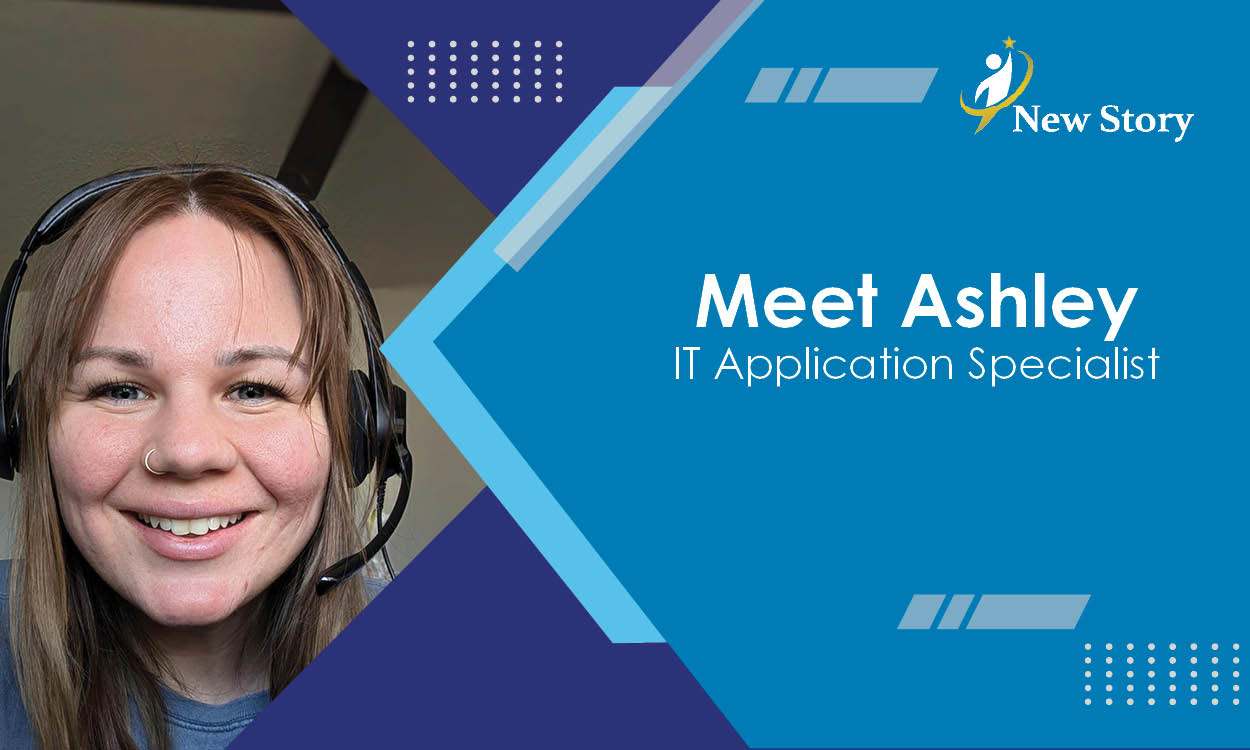Career-Based Interventions for Students with Autism Spectrum Disorder
Posted: February 15, 2024 | Written By: Jill Blanchard| Category: Autism Support

As children progress through their school years, the thought of what they will do upon graduation is always present. This is even more true for students with autism spectrum disorder. As our society becomes more accepting of neurodiversity, it is even more important that schools and families work together to include career-based interventions as part of the curriculum for their students.
Many students will go on to earn college degrees, but others may decide to pursue a career or earn a credential in a skilled trade. It is important that educators offer all options to students and help them understand where their skill set lies. Deciding on a career path begins with helping students learn about themselves. What are their interests? Talents? Skills? In addition, they need to learn to consider their values, temperament, and personality as well. While these are difficult questions for any child, for a child with autism spectrum disorder, these questions can be even more difficult to answer.
The first step in career-based intervention is to begin to match individuals’ skills with interests to prepare students for their path after graduation. Most children with autism have no problem knowing their interests and sharing them with the world. Knowing their strengths, however, is often not as easy. Helping a child figure out their strengths may not seem like a difficult endeavor. Unfortunately, for children with autism, their weaknesses may seem more obvious than their strengths, especially to themselves. Educators and families can help start the career-based intervention conversation by breaking down the process of setting goals and asking questions to help students understand and acknowledge their strengths and interests. See below for some question examples you can use with a student.
The second step in career-based intervention is exposure. Allowing students to experience and understand different career options helps them to begin to figure out the answers to those difficult questions. Many students with autism tend to focus on a single path or option and can struggle to make a switch when the path needs to change for any reason. Exposing students to other pathways and options can help them find a career they may not have thought of or felt comfortable exploring. Importantly, it can help students find out what they both like and do not like to do before moving further down a certain path. For many students, it is helpful to consider career-based interventions and exposure as a spectrum. Students begin with simple tasks and activities related to a career path and slowly move towards increasingly more realistic experiences and skills attainment, until the student is ready for actual internships or on-the-job experiences.
Finally, regardless of any student’s interests or strengths, there are a set of “soft skills” or “employability skills,” that need to be taught and practiced regardless of the path a child takes towards a future career. These soft skills include communication, teamwork, adaptability, problem-solving, and creativity. Some of these are more difficult for neuro-diverse students than their neuro-typical peers. That doesn’t mean they shouldn’t be exposed to them and given opportunities to grow in these skill areas. Soft skill development is an important part of any career-based intervention programming and the earlier a student is exposed to these skills, the further they will be able to grow in them.
Unfortunately, there are many misconceptions surrounding career-planning and ASD. The first is that career-planning doesn’t need to begin until a student is close to graduation. As previously mentioned, the earlier a child can experience career-based intervention, the more likely they are to have positive outcomes around soft skills, career planning, and successful transition to employment post-graduation. Another misconception is that students with autism are limited in what they can do as far as a career path. This does not need to be the case. The key is to help students find and understand their strengths and interests and build on them. Finally, many feel career planning can be overwhelming and even upsetting for students with autism. This can be true unless it is something they are exposed to, and it is handled correctly from an early age.
Every child deserves an education. That education includes a plan and the related supports to transition to a successful career as they become an adult. Educators and families can work together to help our students with ASD plan for a future after they receive their high school diploma!
10 questions to ask to help a young adult with ASD plan for their future career without overwhelming them:
- What is the goal?
- How easy or difficult will it be to accomplish this goal?
- What do I need to accomplish this goal?
- What do I already have that will help me accomplish this goal?
- What steps do I need to take?
- In what order do I need to do things?
- How long will it take?
- Who can help me achieve these goals?
- What can I do if a problem arises?
- When will I review where I am as I work towards my goals?










